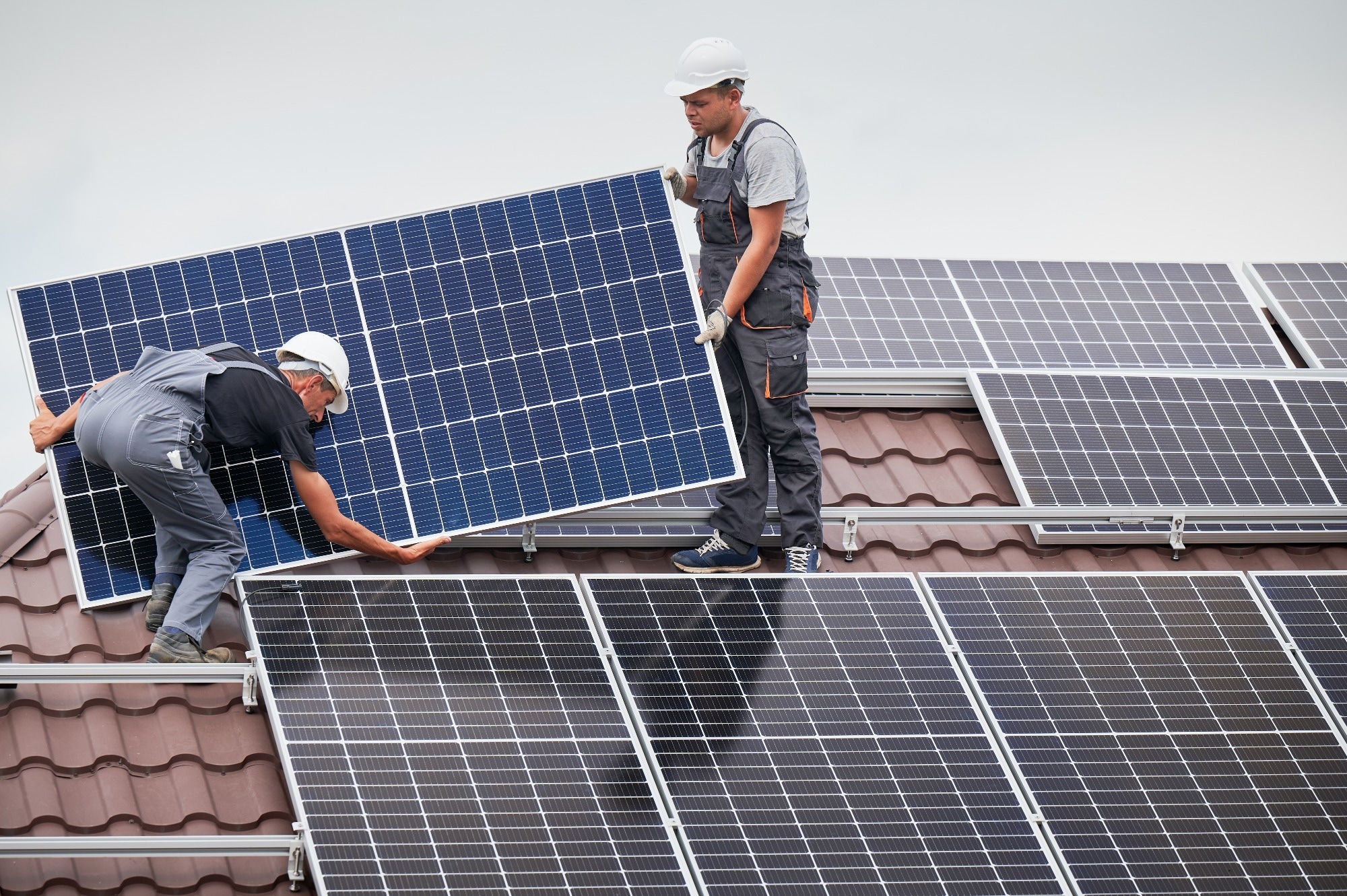Belgian researchers have uncovered a key degradation pathway in scalable wide-bandgap perovskite solar cells, contributing to advances in tandem solar systems.
 Image Credit: anatoliy_glebJonathan Parion from Hasselt University
Image Credit: anatoliy_glebJonathan Parion from Hasselt University
The study, published in Materials Future, demonstrates how thermal stress in both darkness and under light can significantly impact the durability of these solar cells.
Perovskite materials, particularly the wide-bandgap (WBG) hybrid-organic lead halide types, have been widely studied for their excellent optoelectronic properties. They are especially appealing as top-layer absorbers in tandem solar cells, where two or more layers are stacked to increase efficiency. However, researchers are still seeking long-term stability.
The Belgian team found that degradation mechanisms vary depending on environmental conditions. In the dark, stability failures were generally traced to charge transport layers in the material, while under illumination, the absorber material itself showed signs of significant deterioration.
To investigate further, the researchers submitted the devices to expedited stress testing that replicates industry norms, specifically ISOS-D2 and ISOS-L2, to simulate years of wear in laboratory conditions and in under a week. The results of the study are significant in the pursuit of commercially viable, high-efficiency perovskite solar technology, which is critical for the future of sustainable energy generation.
A key issue identified was phase segregation. This is a process where bromide and iodide ions in the perovskite separate, weakening the material's structure. This effect is most strongly pronounced under heat and light similar to real-world solar-farm conditions.
While various strategies have been proposed to tacke instability in the past, few have been tested in scalable devices. Many previous studies relied on lab-scale fabrication methods such as spin-coating, a method that is unsuitable in commercial production.
The current study, by contrast, uses a scalable fabrication technique and directly compares wide-bandgap devices to more stable, narrower-bandgap alternatives. Their side-by-side comparison revealed that different stress conditions trigger different failure modes.
They concluded from the study that "perovskite stability" cannot be treated with a fixed approach, as it depends heavily on how and where the devices are used. As the technology moves closer to commercialization, the team says several challenges remain.
First, a better knowledge of nanoscale-level deterioration under various stressful circumstances is necessary. This is in addition to attempts to increase the stability of wide-bandgap perovskite at the material, cell, and module levels.
Second, these devices should be evaluated under a broader variety of stress settings, which could lead to the identification of new degradation pathways. Outdoor field deployment is crucial to these tests since it simulates real-world device use and should highlight which accelerated tests are most suited to reproducing these settings.
Finally, as this technology approaches commercialization, explicit industrial stability criteria and tailored and standardized accelerated stress tests should be established.
The Impact: This study is a significant step in understanding the stability concerns in wide-bandgap perovskite solar cells. This understanding will eventually allow for commercialization and the advancement of ultra-efficient solar cell technology.
Journal Reference:
Parion, J., et al. (2025) In-Depth Study of Degradation in Scalable Wide Bandgap Perovskite Cells. Materials Futures. doi.org/10.1088/2752-5724/ae01c1